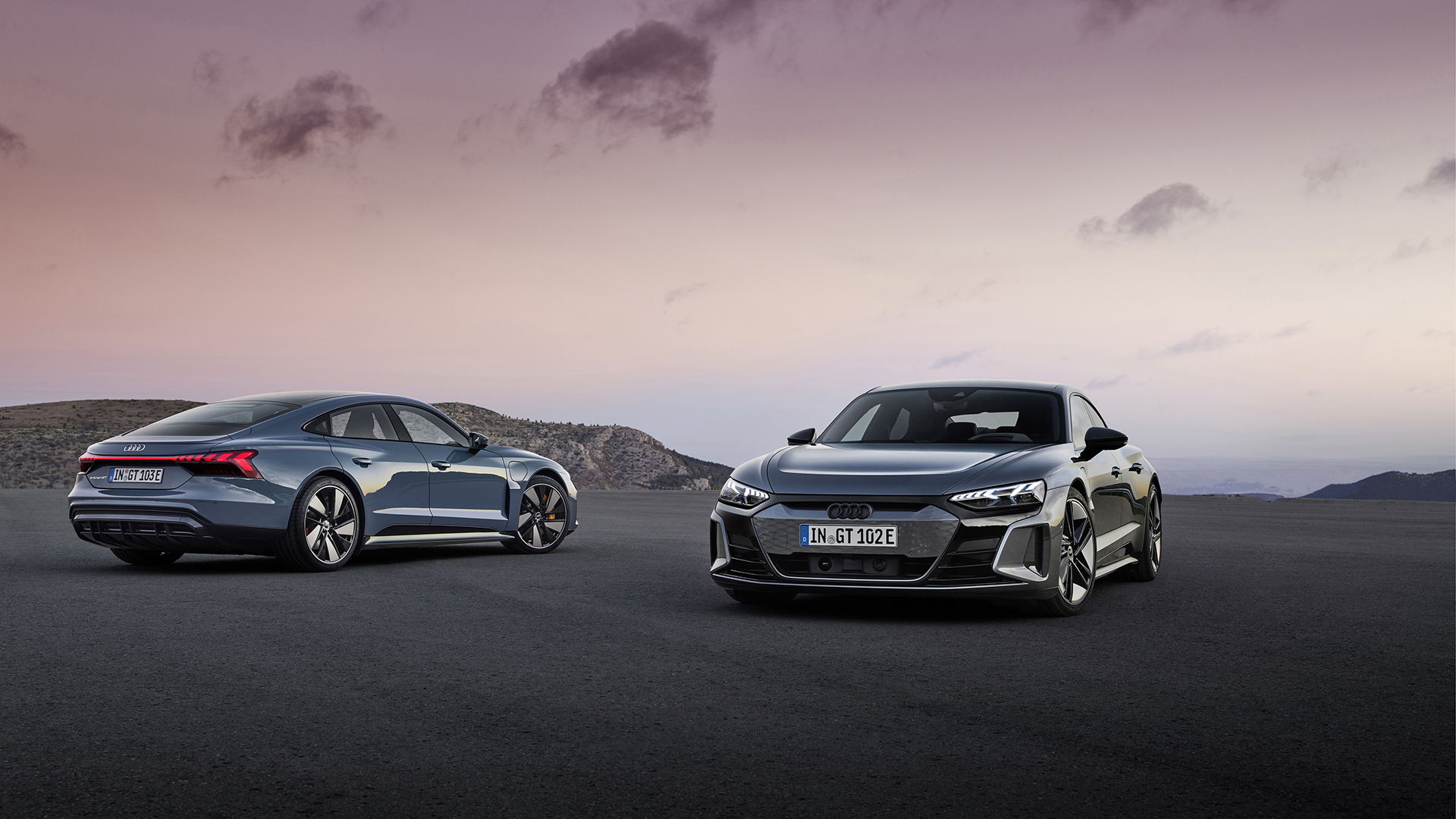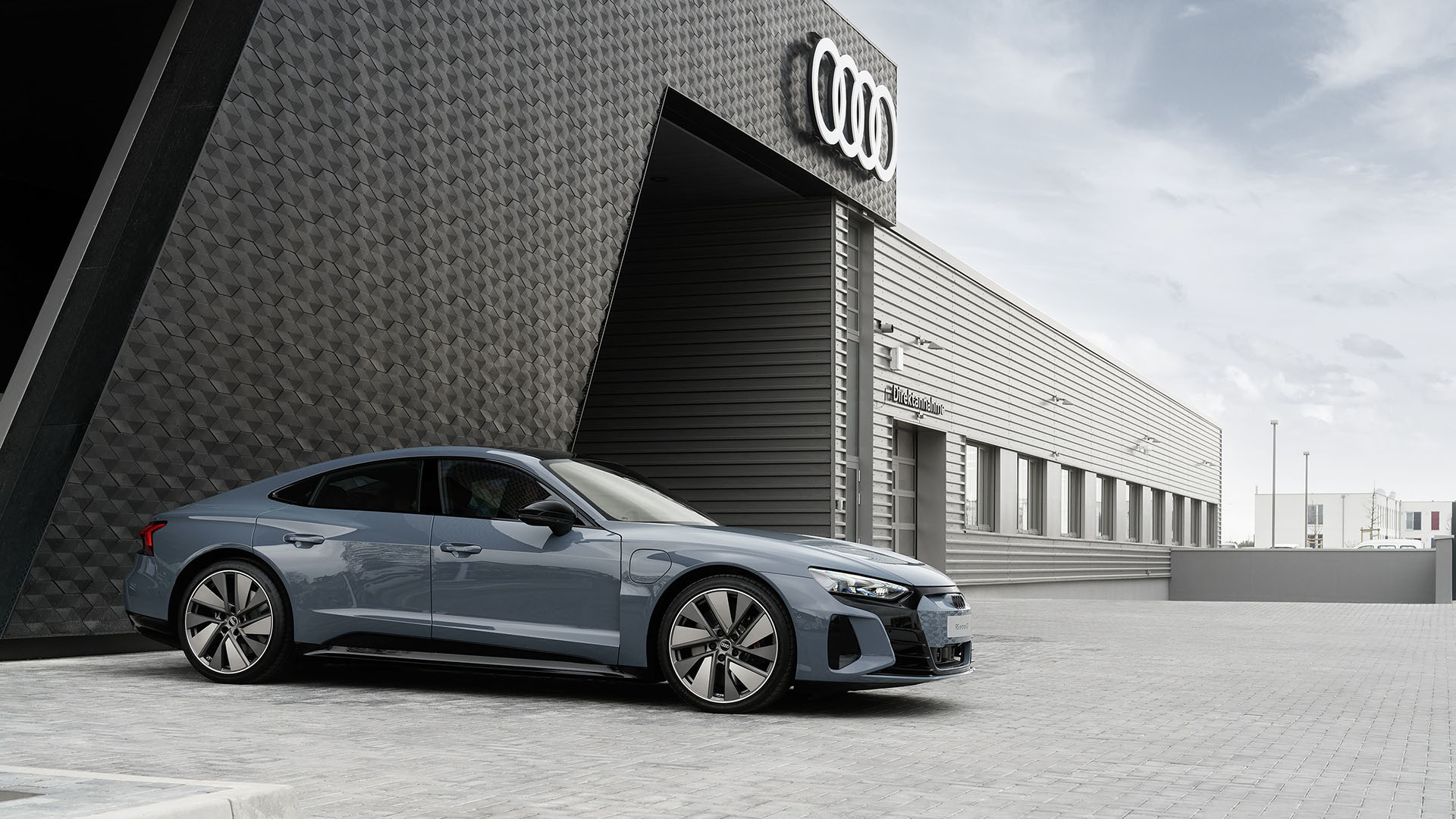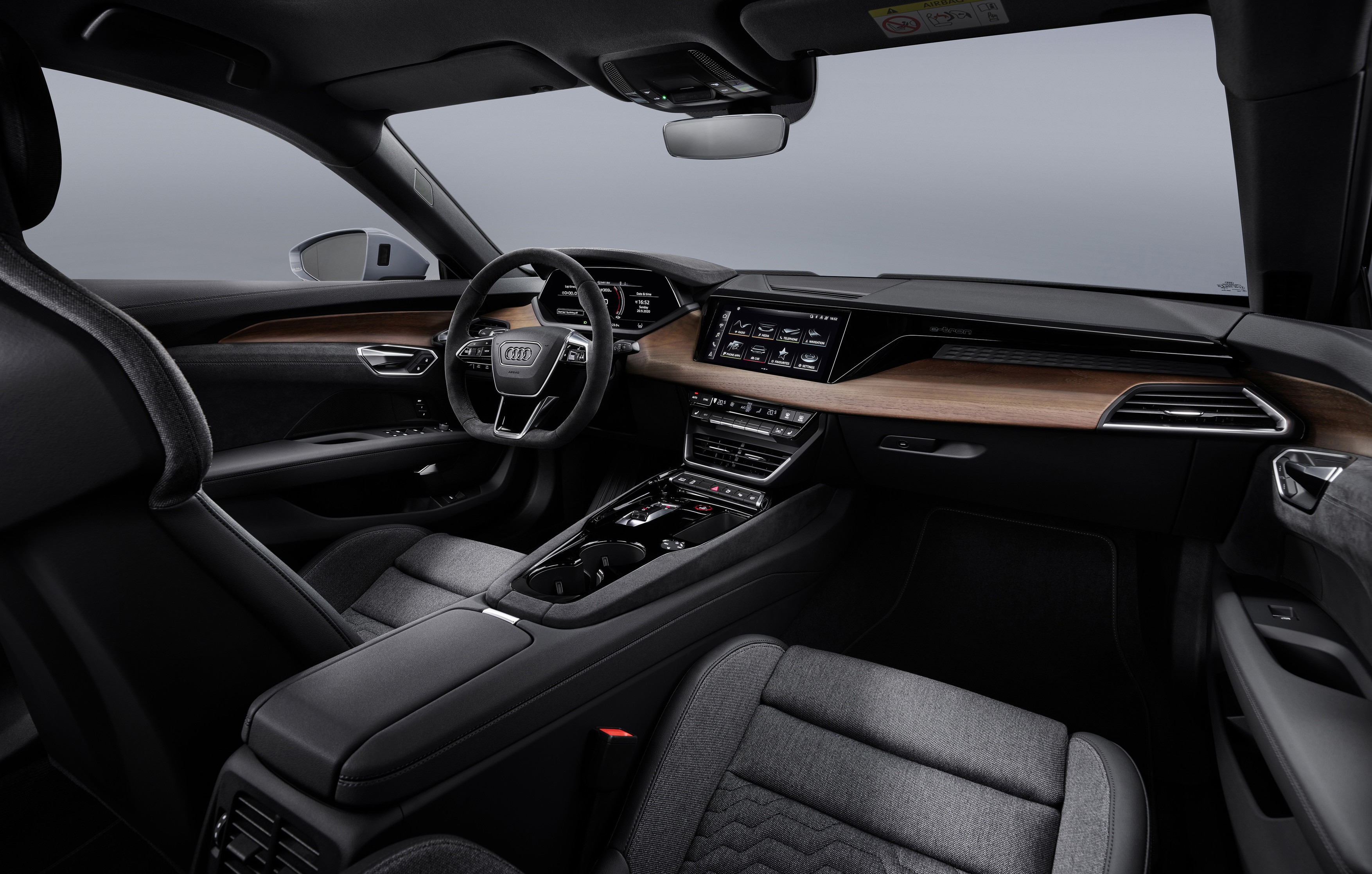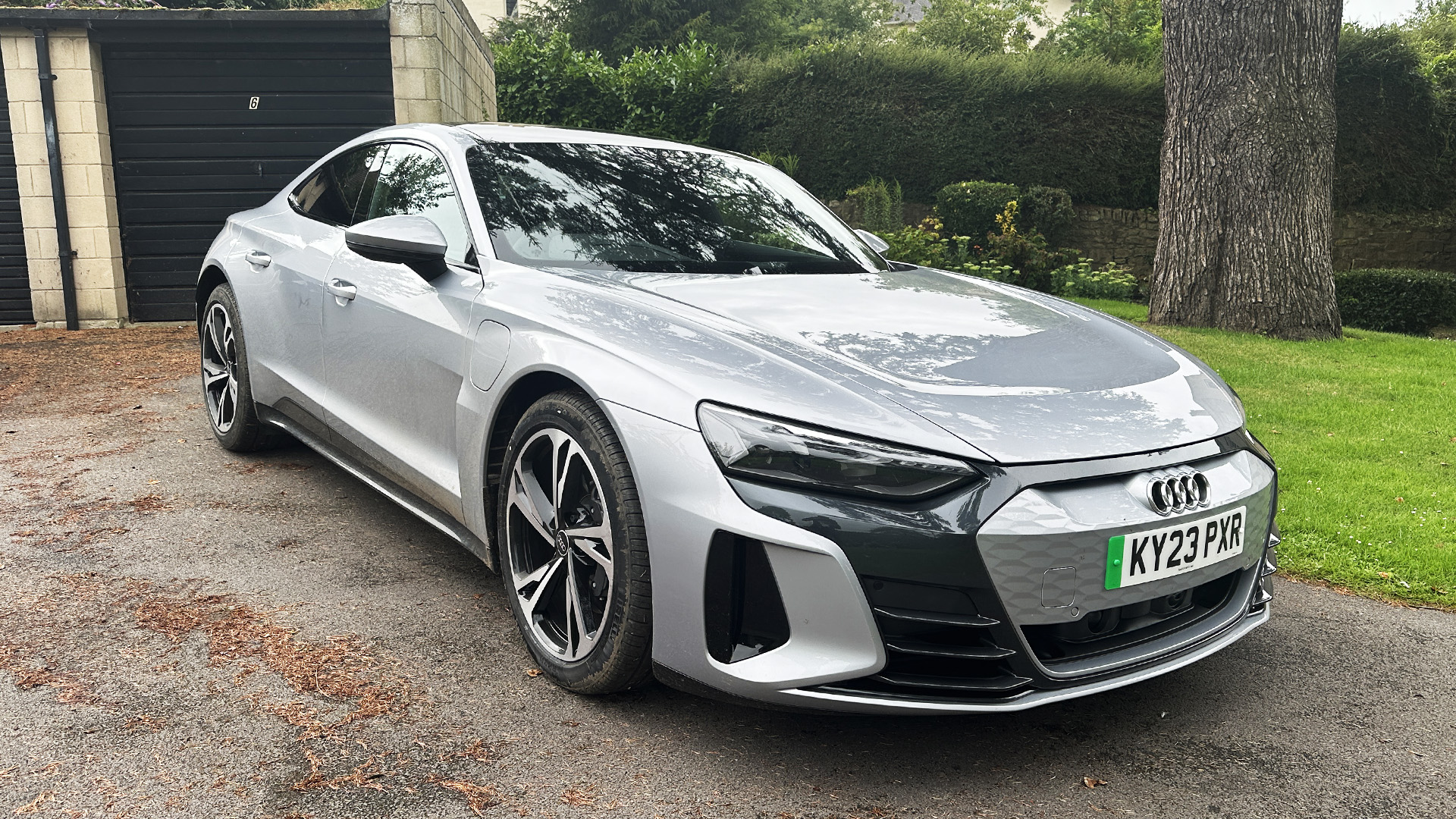Creating the perfect EV isn’t just about the technology
The Audi e-tron GT is one of the best EVs on the market but that’s not down to the tech


The Audi e-tron GT was the first all electric model that Audi released, back in 2020. It was a statement piece, as much as anything else, that the future of motoring lies in electric. While all subsequent Audi offerings – and most of companies – have been in the form of SUVs, the e-tron GT remains a beacon of the EV direction.
While this car is now a few years old it remains one of the best EVs to drive. As a tech focused site, we tend to focus on what electric vehicles offer in terms of technology. Most new models are as much computer as they are car, with advanced operating systems that control not only the driving experience but also the entertainment, to create an immersive experience for both drivers and passengers.
Driving technologies have made the process of driving these cars simpler and safer, through a combination of automation and emergency features. Adaptive cruise controls and lane centring are the key parts of a level 2 autonomous driving experience, where although your hands must remain on the wheel, the car pretty much drives itself.

Level 3 autonomous driving systems which are starting to make their way on to the market take things even further, with a fully hands off experience, requiring drivers to just watch the road but not touch the steering wheel or pedals. It’s extremely clever and really takes the strain out of longer drives, but for fans of driving it can leave the car feeling a little flat.
As much as I love tech-focused EVs, I still enjoy getting back into a raw sports car like a Caterham with a manual gearbox. You feel much more at one with the car, having to actually control the speed and steering as you go into corners. It’s this driving experience that most drivers are missing from automated cars, but it needn’t be the way.
While luxury saloons and SUV models like the Audi Q4 e-tron are more functional vehicles, sports cars and grand tourers are designed to have a bit more character to them. So when Audi created its e-tron GT, it made sure that it still offered that driving experience.

The car comes in two versions, the standard e-tron GT Quattro and the sportier RS e-tron GT. The e-tron GT Quattro starts from £87,800 / $107,995 on the road, with up to 530PS (mechanical horsepower) and a 4.1 second 0-62mph time. The RS e-tron GT starts from £119,950 / $148,595 and takes the power up to 646PS and a 3.3 second 0-62mph time.
Get all the latest news, reviews, deals and buying guides on gorgeous tech, home and active products from the T3 experts
Tech such as the parking assistance and adaptive cruise control are available as add ons here, rather than in the standard package. It’s only the RS models that include the parking assistance as standard, and even here the adaptive cruise control is an additional £1355.
I’ve been driving the Audi e-tron GT Quattro for a couple of weeks now and the experience is very different to many other EVs on the market. The car still offers an array of tech features on board, including a 12.3-inch instrument display behind the steering wheel and a 10.1 inch central display with on board navigation and entertainment. This also allows wireless connection of either Apple CarPlay or Android Auto.

The model I'm driving doesn’t feature the adaptive cruise control and it’s strange how much you miss it on longer journeys. A standard cruise control has little use on busier UK roads. However, it has forced me to engage with the car more than I would with more autonomous EV models. Steering, acceleration and braking were all left to me (aside from the occasional lane guidance alert), and it made me pay more attention to how the car drove.
While SUV models offer practicality in terms of storage space and that higher driving position to make drivers feel more comfortable, it’s no match for a GT. Like the Porsche Taycan, which is built on the same platform, the Audi e-tron GT is a driver’s car. It connects you to the road in the way you’d expect from a sports car and handles far nimbler than you’d expect from an EV that weighs nearly 2.3 tons.
It’s important that as more cars swap to electric power they don’t forget about the driving experience in favour of the technology and practicality. Any EV will get you from A to B but only a truly great one will put a smile on your face in the process.

As T3's Editor-in-Chief, Mat Gallagher has his finger on the pulse for the latest advances in technology. He has written about technology since 2003 and after stints in Beijing, Hong Kong and Chicago is now based in the UK. He’s a true lover of gadgets, but especially anything that involves cameras, Apple, electric cars, musical instruments or travel.